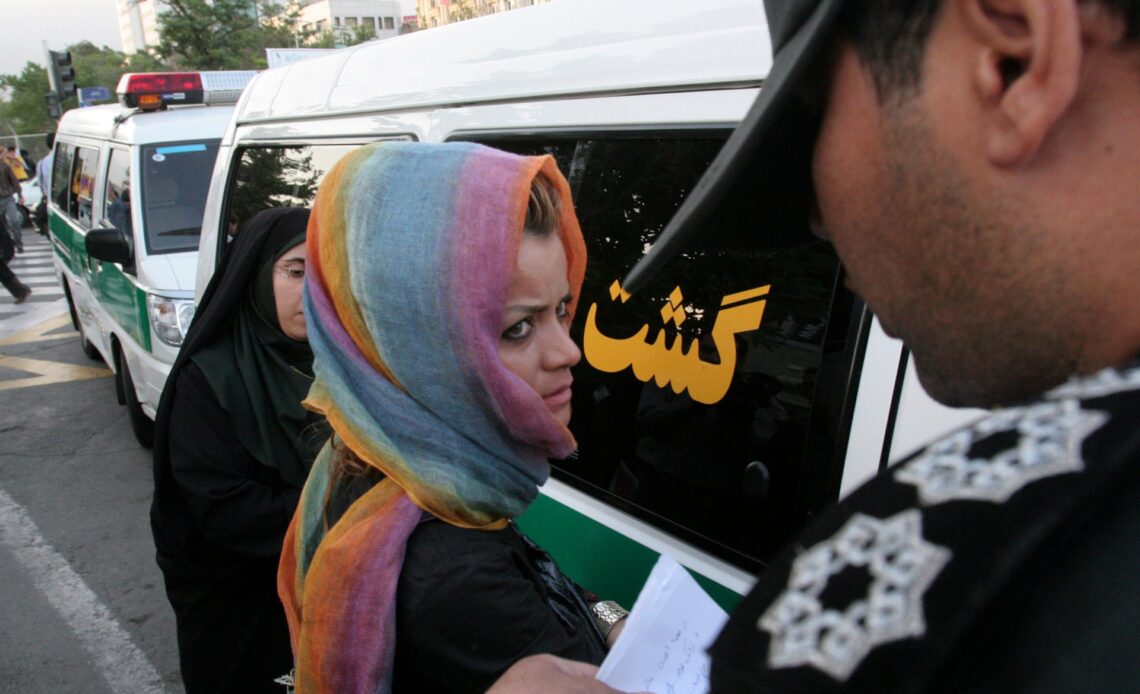EXPLAINER
Protests in the last week in Iran were sparked by the death of Mahsa Amini, who had been detained for not wearing what authorities deemed ‘modest clothing’.
A week of protests has rocked Iran after a young woman died after being detained by the country’s so-called morality police.
The 22-year-old Mahsa Amini had travelled to Tehran with family from the northwestern Kurdistan province when she was detained for what the police deemed to be “immodest clothing” on September 13.
Authorities claimed that she had a heart attack while staying in a “guidance centre” – a type of re-education centre where women are taught how to follow Iran’s rules on female clothing.
After her death, on September 16, Iranians took to the streets across the country, calling for justice for Amini, angry at the authorities and morality police, who they blame for her death.
Some women have publicly cut their hair and burned their headscarves, in defiance of the Iranian authorities.
A number of protesters have now been killed, after confrontations with security forces and pro-government militia.
Amini’s case, and the protests that have followed, have shone a spotlight on the rules about the way women have to dress in Iran and the accompanying backlash.
What counts as ‘acceptable’ dressing in Iran?
- Iran’s rules on how women should dress were introduced shortly after the country’s 1979 Islamic revolution.
- There is no single rulebook on how to dress, but general regulations are observed, which mainly mandate that women cover their hair, usually with a headscarf known as a hijab, and wear clothing that is loose-fitting and does not expose their chests.
- The rules are stricter for women working in state-run organisations, or when turning up at state facilities to have their photo taken for a national identity card. For such photos, women will often have to wear a certain type of headdress that covers their hair fully and only partially shows their necks. On state television, women usually wear two layers of scarves to ensure that no stray strands are visible.
- To enter some mosques, women are required to wear chadors – a large piece of cloth that leaves only the face or the eyes visible depending on how it is worn. Many women choose to wear chadors or other variants of Islamic dress due to their religious beliefs.
- Men are also subject to certain guidelines but to a much lesser extent. Long…

